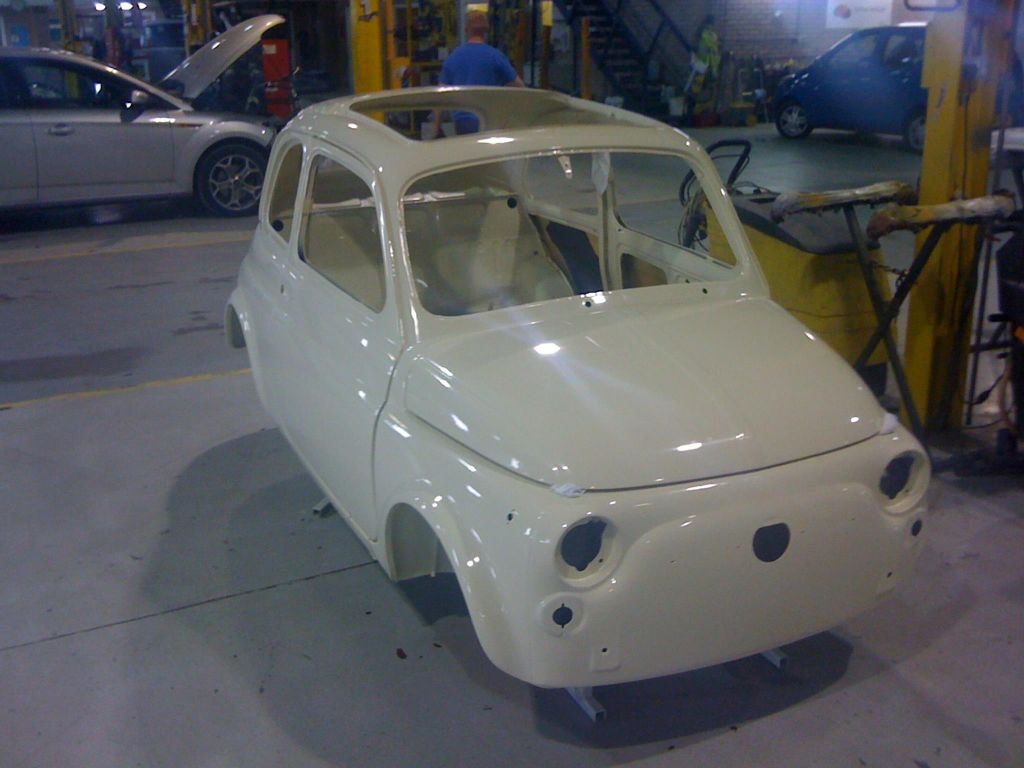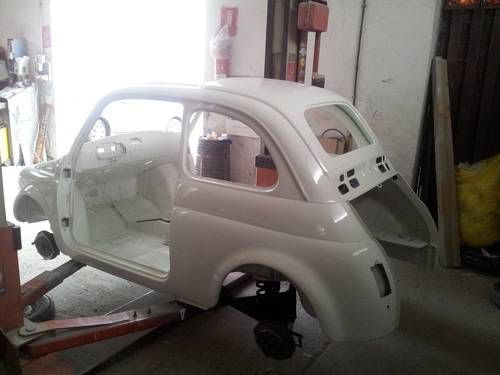Looking at the various build threads (thanks to all owners for posting  ), can you easily inspect inner wings, sills floor pan etc. externally without pulling up carpets, removing interior panels? Are there tell tale areas to look at for rust that would be a good indication of rest of hidden panel work?
), can you easily inspect inner wings, sills floor pan etc. externally without pulling up carpets, removing interior panels? Are there tell tale areas to look at for rust that would be a good indication of rest of hidden panel work?
Otherwise it looks to be ok to determine state of other panels.just trying to make a few notes before I go and look at some with a view to buy
cheers, Steve
Otherwise it looks to be ok to determine state of other panels.just trying to make a few notes before I go and look at some with a view to buy
cheers, Steve






